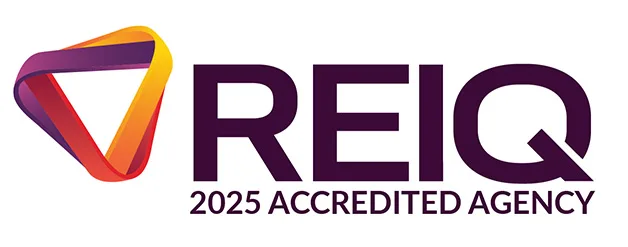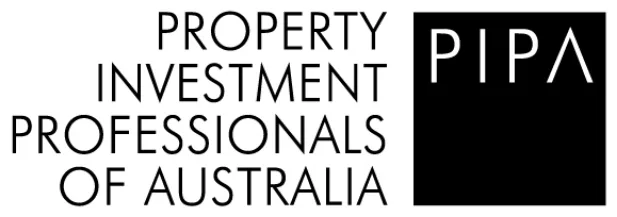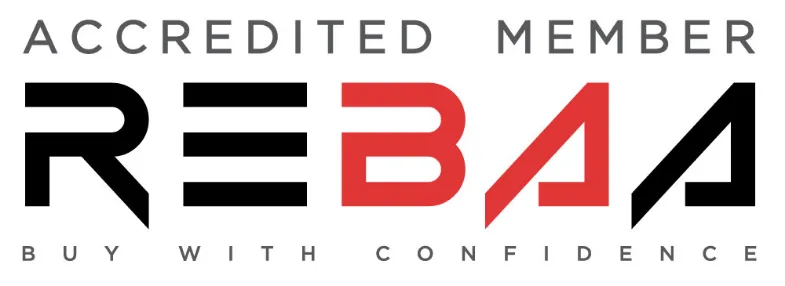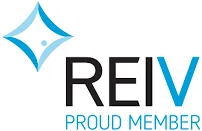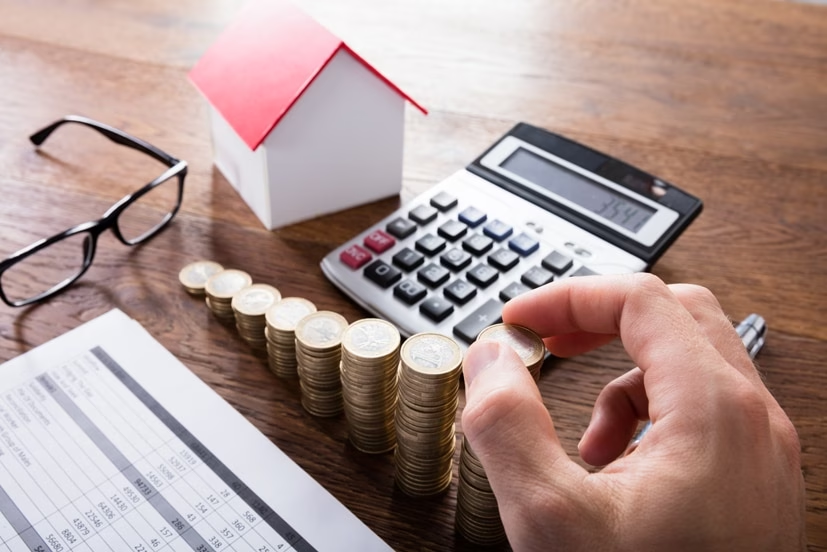
May 28, 2018
With the end of financial year just around the corner, we asked one of our accounting partners Mark Calleja Director of Mark Calleja Accounting for some tips to help our Property investing clients maximise their past and future entitlements.
Here’s his 10 Tax Time Tips for Property Investors.
-
Maximise your repair deductions by ensuring the invoice for the work(s) clarifies the work done and allows the tax agent to distinguish these expenses from any capital improvements (especially where the work has a mixed purpose or large in cost).
-
Ensure you have a quantity surveyors report for each eligible rental property. This report can be obtained after the financial year being prepared and still be deductible in the claim year. The tax savings on the deductions then available can usually cover the cost of the report itself in the first year of claiming. Note: The laws have changed since 1/7/17 and this only applies to brand new properties from this date. Properties purchased prior to 1/7/17 can still utilise the Quantity Surveyors Report.
-
Identify new depreciating items acquired in the income tax year used for the rental property costing $300 or less. These are deductible immediately unless they are part of a set of items exceeding $300. Where the property is jointly owned this threshold of $300 is increased to $600.
-
Keep loans used to fund investment related activities separate from private purposes. The ATO isscrutinising interest deductions on mixed purpose loans. Instead, use an interest offset account to park spare money and still benefit from reduced interest but allows withdrawals from the offset which does not affect the purpose or deductibility of the investment loan.
-
Thinking of buying or selling you Australian property? Is the property’s market value exceeding $2 million. As a seller, you will need a Clearance Certificate from the ATO prior to settlement. Without this, the buyer must withhold 10% of the selling price. We suggest this be obtained at the time exchange of contracts occurs.
-
Consider prepaying your rental expenses. Expenses that cover a period of 12 months or less and the period ends on or before 30 June the following income tax year can be claimed in that year incurred. A classic example is pre-paid interest.
-
Is your property genuinely “available for rent”? The ATO is looking more closely at claims on holiday homes. Ensure you have records to show bonefide or active efforts have been made to lease the property. (e.g. use of multiple advertising formats). This will help your stance on this and hence maximise the proportionate length of time in the income year relating to the expense claims.
-
Establish and maintain a cost base register of your rental property now or when you first acquire. If you sell, this will help in determining any resulting taxable gain or loss. Too often, investors attempt to compile these necessary records many years after the initial purchase and risk missing all relevant costs of acquisition and hence incorrectly disclosing the taxable gain or loss.
-
Consider lodging a PAYG withholding variation application to access cash-flow benefits instead of waiting for your expected refund when you lodge your income tax return.
-
Treat your rental property as a business decision. Each year obtain a real estate market appraisal of your investment property to reaffirm your investment decision relating to it (either to hold/sell/buy).

